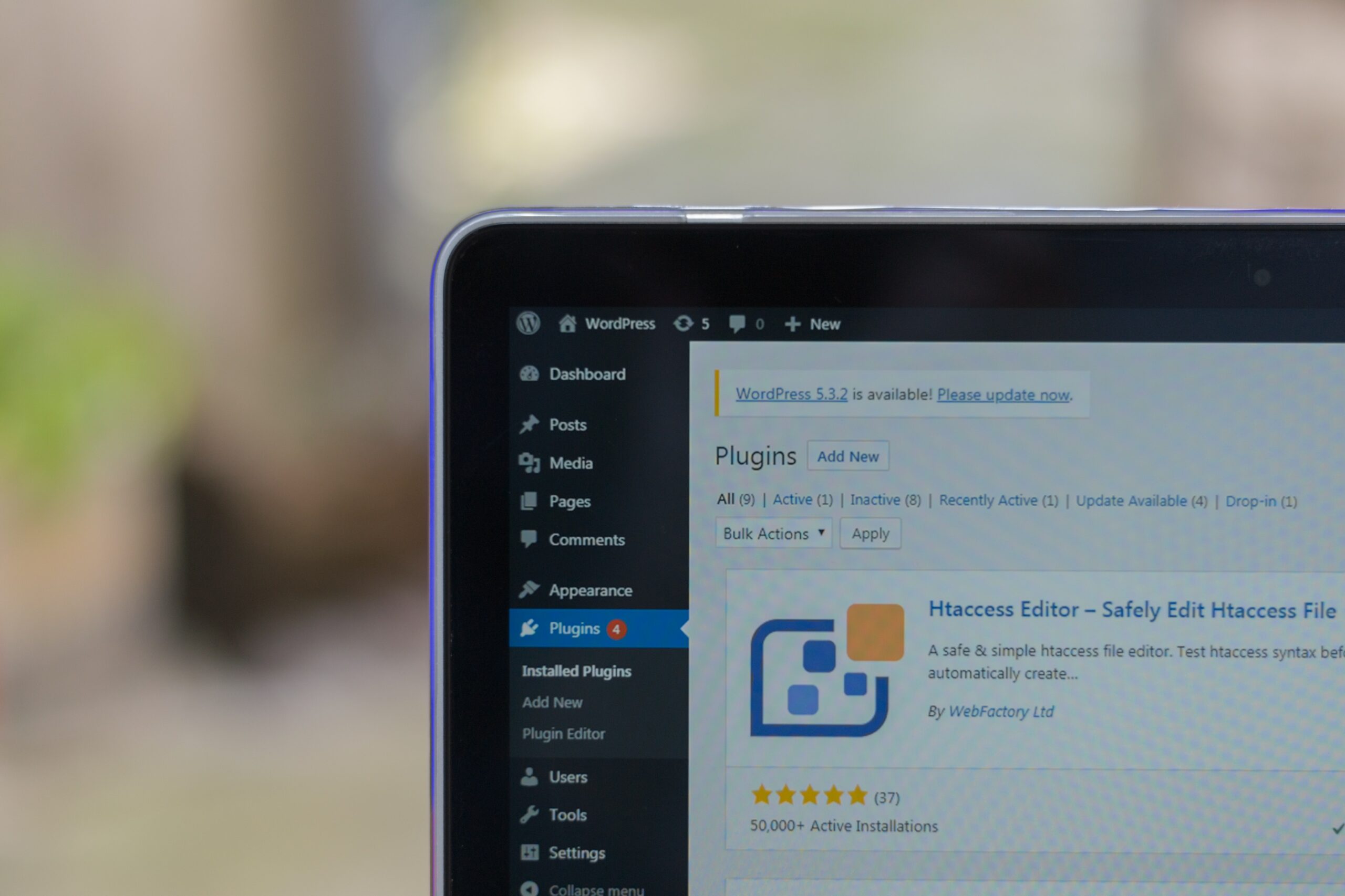WEB APP SECURITY BEST PRACTICES: PROTECTING USER DATA AND PRIVACY

In today’s digital landscape, web applications have become an integral part of our daily lives, providing convenience and functionality for various tasks. However, with this growing reliance on web apps comes an increased risk of security threats that can compromise user data and privacy. Therefore, it is crucial for developers and organizations to prioritize security and adopt best practices to safeguard user information and maintain user trust.
- Implement Secure Authentication and Authorization: Authentication is the process of verifying the identity of users, while authorization defines what actions or data a user can access. Implementing strong authentication mechanisms is essential to prevent unauthorized access to sensitive data or functionalities. Multi-factor authentication (MFA) adds an extra layer of security by requiring users to provide multiple forms of identification, such as a password and a one-time code sent to their phone. Additionally, securely storing user passwords using strong hashing algorithms and salting techniques ensures that even if the database is compromised, passwords remain protected.
- Employ Secure Communication Protocols: Data transmitted between the client and the server can be intercepted by malicious actors if not properly encrypted. Therefore, using secure communication protocols like HTTPS (Hypertext Transfer Protocol Secure) is crucial to encrypt data during transmission. HTTPS relies on SSL/TLS protocols to provide encryption and authentication, ensuring that sensitive information, such as login credentials and financial data, is kept confidential and protected from man-in-the-middle attacks.
- Apply Proper Input Validation and Sanitization: User input is a common entry point for attackers to inject malicious code into a web application. Input validation involves checking user input against expected formats and ranges to ensure it is safe and legitimate. Sanitization involves removing any potentially dangerous characters or code from the input. By validating and sanitizing user input, developers can prevent common security vulnerabilities like Cross-Site Scripting (XSS) and SQL injection attacks, which could lead to data theft or manipulation.
- Protect Against Cross-Site Request Forgery (CSRF) Attacks: CSRF attacks exploit the trust that a web application has in a user’s browser by tricking it into performing unauthorized actions on behalf of the user. To prevent CSRF attacks, web developers should implement CSRF tokens, unique values generated for each user session, which are included in requests and validated by the server. If the token does not match the expected value, the request is considered unauthorized and is rejected.
- Employ Role-Based Access Control (RBAC): RBAC is a security model that defines and manages user permissions based on their assigned roles and responsibilities. By implementing RBAC, web applications can ensure that users only have access to the functionalities and data that are relevant to their roles. This approach limits potential damage in case of a security breach, as unauthorized users won’t have access to critical functionalities or sensitive information.
- Secure Session Management: Web applications use sessions to keep track of user interactions during their visit. Secure session management is crucial to prevent session hijacking, where an attacker gains unauthorized access to a user’s active session. Developers should implement secure session tokens and enforce session expiration policies to ensure that sessions automatically terminate after a period of inactivity or logout.
- Conduct Regular Security Audits and Penetration Testing: Security audits and penetration testing help identify vulnerabilities and weaknesses in a web application. Audits involve a systematic review of the application’s code and configurations, while penetration testing simulates real-world attacks to assess the application’s resilience. Addressing discovered vulnerabilities promptly is essential to reduce the risk of exploitation.
- Encrypt Sensitive Data: Encryption is vital to protect sensitive data, both at rest (stored on servers or databases) and in transit (while being transmitted between the client and the server). Strong encryption algorithms and secure key management practices ensure that even if an attacker gains access to the data, it remains unreadable without the proper decryption keys.
- Implement Web Application Firewalls (WAFs): A Web Application Firewall (WAF) acts as a protective barrier between the web application and potential threats. WAFs analyze incoming and outgoing traffic, detect suspicious patterns, and block malicious requests. They provide an additional layer of defense against common web-based attacks, such as SQL injection, cross-site scripting, and DDoS (Distributed Denial of Service) attacks.
- Stay Updated with Security Patches and Vulnerability Alerts: Web application frameworks, libraries, and dependencies often release security patches and updates to address discovered vulnerabilities. It is crucial to stay informed about these updates and promptly apply them to the application to protect against known security risks. Subscribing to vulnerability alert services and monitoring security advisories for the technologies used in the web app can help ensure that critical updates are not missed.
Conclusion: Protecting user data and privacy is a paramount concern in web application development. By implementing security best practices such as secure authentication, encryption, input validation, access controls, and regular security audits, developers can mitigate risks, safeguard sensitive information, and maintain user trust. Prioritizing web app security not only protects users but also contributes to the reputation and credibility of the application and the organization behind it. Remember, security is an ongoing process, and staying vigilant in addressing emerging threats is crucial to maintaining a secure environment for web applications.